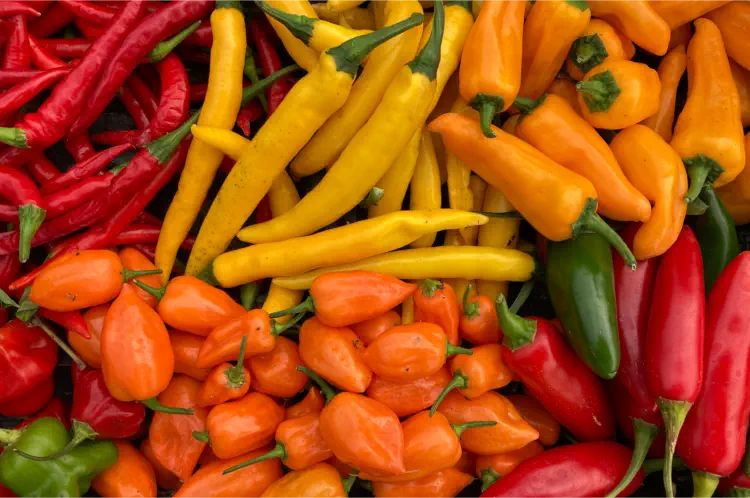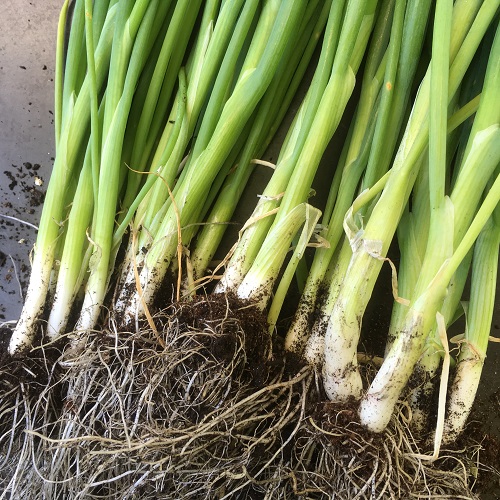Onions are one of the most versatile vegetables available. We can fry them, roast them, grill and pickle them and use them in stews and soups. Also, they can be served raw in salads and in sandwiches combined with a variety of other fillings. They are great caramelised, battered and deep fried, as with onion rings, and they are often used in garnishes and mixed with sage and used for stuffing.
With so many uses, onions are forever in demand all-year-round, which is why storing them, especially throughout the winter months, is so important. Storing onions successfully starts with the harvesting process. Any onions that have produced flower stems (bolted) will not store well and so these should always be used and eaten first.
Harvesting
Harvesting your onions at the right time and allowing them to fully cure for about 2 to 3 weeks will vastly increase their storage time. First, wait until the onion leaves have fully died down and then gently lift them from the soil. It’s best to do this during a warm, sunny spell, where you can simply leave them on the ground to fully dry out.
However, if the weather is wet then lift them, place them in trays and move them to a dry place such as a greenhouse, shed or conservatory. Allow them to fully dry out, leaving the long dry leaves intact. Next, sort through the bulbs and set aside any that might feel soft. Use these first as they will not store well and could develop a mould, which will affect the others.
Best storage methods
The remainder should be firm to the touch with even colouring on the skins. You can rub off any surface soil or roots but do not cut the roots with a knife. The onions are now ready to be strung or simply stored in net sacks. If you prefer to string your onions, that is tying the dried tops to a single strand of garden twine, then you will be able to hang them in a dry shed or garage.
Otherwise, you can use onion sacks. To store the onions this way you will need to remove the tops with a knife or a pair of secateurs, avoiding cutting into any fleshy parts of the bulbs. Again, ensure each onion is firm and dry before putting them into sacks, which can then be hung from the rafters of a shed or garage, or placed onto racking situated in a cool, dry place.
Alternative options
Alternative storage methods include using cardboard boxes or wicker baskets for smaller batches of bulbs. Whatever method you choose in storing your onions, it’s important to ensure that dry air can circulate freely. Moist or damp air will encourage mould, which will then quickly spread throughout the bulbs.
If you are limited on storage space, you can store prepared onions in a freezer for up to 6 months. For short-term storage of onions you can place them in a refrigerator for up to 10 days.
How do you store your Onions once picked to keep the longest? Leave a comment below and let everyone know....
All blog content on this page is copyright of SimplySeed and is not to be reproduced without prior written permission. ©













